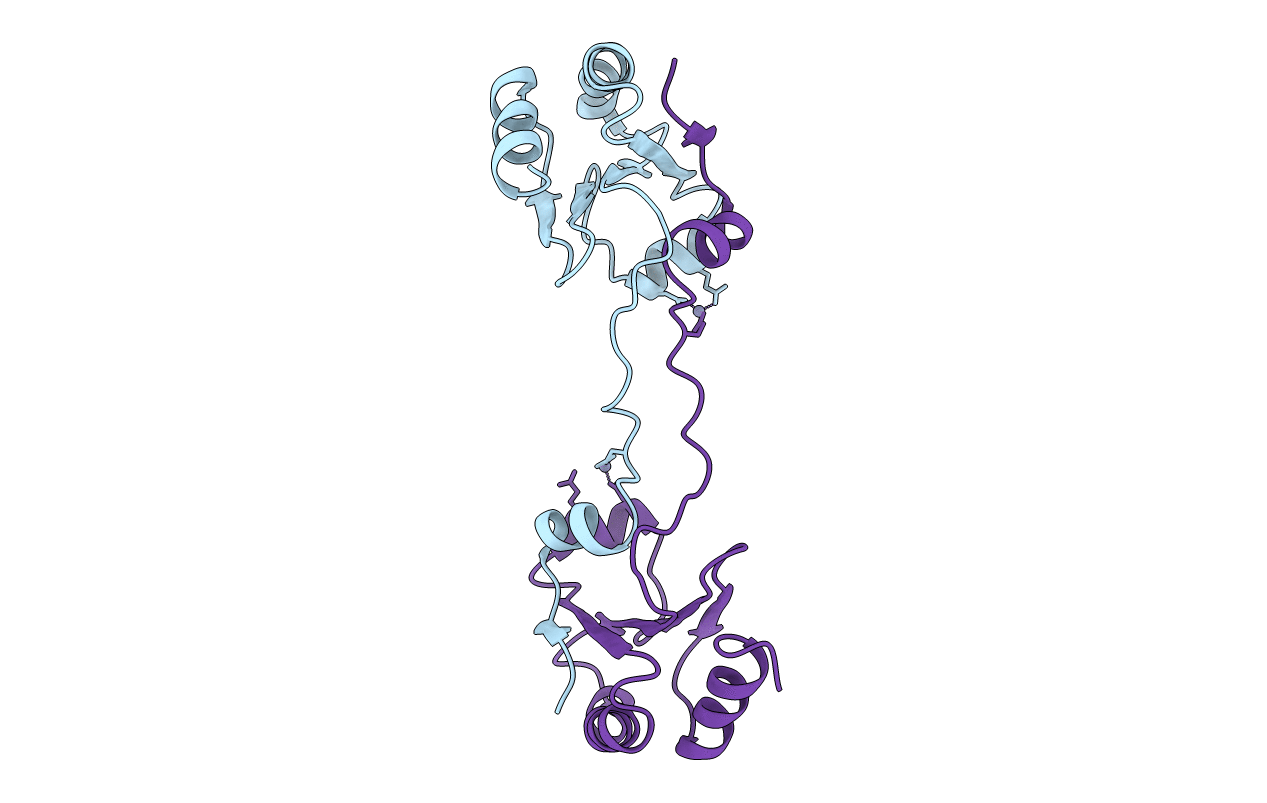
Deposition Date
2009-06-22
Release Date
2010-01-12
Last Version Date
2024-11-13
Entry Detail
PDB ID:
3HYP
Keywords:
Title:
Crystal structure of Bacteroides fragilis TrxP_S105G mutant
Biological Source:
Source Organism:
Bacteroides fragilis (Taxon ID: 817)
Host Organism:
Method Details:
Experimental Method:
Resolution:
2.90 Å
R-Value Free:
0.26
R-Value Work:
0.19
R-Value Observed:
0.20
Space Group:
P 41 21 2


